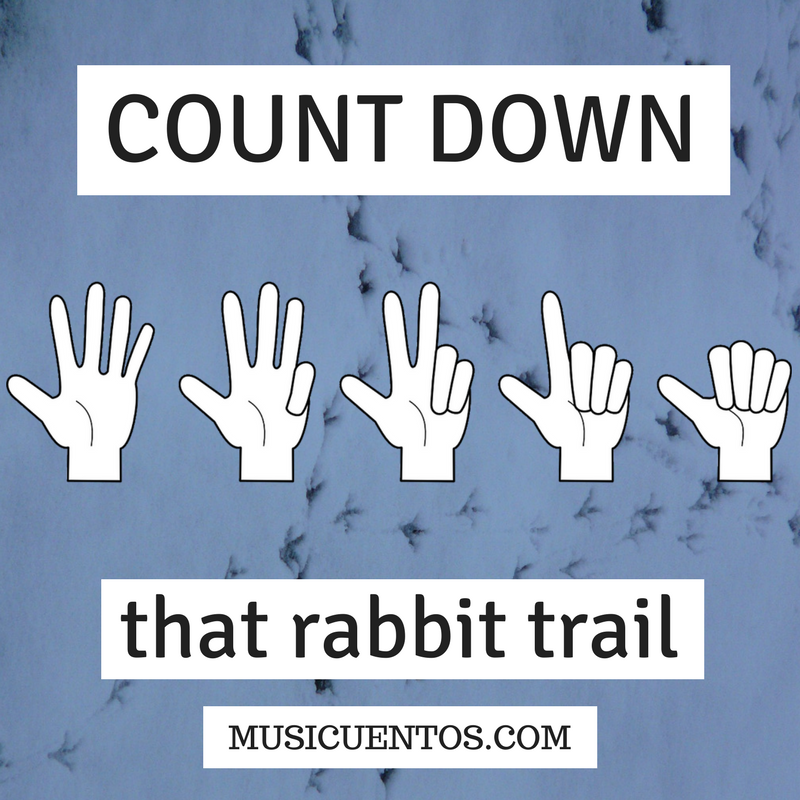A hand is raised. Or not raised. Maybe something’s just blurted out. And your heart is in conflict.
Do I let her speak?
Do I ask him to wait?
Because I know, if I let this go on, we’re going to spend the next ten minutes talking about stuff – trivial or not – in English. Because that guy over there will want to comment, and that girl over there will want to talk about the time something similar happened, and you know how this goes.
I really struggle here. I am not one of those teachers who bans English from my classroom. I can use TL to find out who likes Pepsi better than Coke and who practices with a band on Thursday night. More often than not, however, my really getting to know my students and earning a place to speak into their lives take the conversation down a road of justice and big pictures, of perspectives and deep questions, landscapes my Novice Mid to High learners can’t navigate in the TL. I’m not willing to give up those moments in the name of “¡No! ¡Solo español!”
Another thing:
If I shush my students every time they excitedly want to tell me something in English, I find many stop telling me anything at all.
But still. Wow, how much time these rabbit trails can take.

Recently in class this happened. One of my energetic young ladies started to go down a story to ask me a question and inside I thought, there’s no telling how long this could go on. What am I going to do? And then I had a bit of an epiphany.
Why, I’ll treat it like my kids drinking the same drink.
Mom confession: particularly if we’re at a place with very expensive drinks like a fair, I’m not spending $20 so each of my kids can have his/her own lemonade. We’re going to buy one lemonade and maybe get one refill. And we’re gonna share. Now, my 4-year-old little guy finds this very difficult. He hops up and down and squeals and generally seems like Mt. Vesuvius is going to blow if he doesn’t get another sip of lemonade, and Mami SHE’S GOING TO DRINK IT ALL. So I started counting down. I show five fingers and close my fist one finger at a time. By the time I close all my fingers, they know. It’s time to pass it along. It gives the person waiting hope that a drink is coming, and it gives the person drinking time to finish up the current turn. It works really, really well.
 So why not count down the rabbit trails?
So why not count down the rabbit trails?
That’s exactly what I did that day. I held up my hand and said, “I’m going to try something new. I want to hear what you have to say, but you have this much time to get the important bits out and then we just have to move on. So we’re going to count down this rabbit trail.”
At the end of the five seconds, she had rushed through the main point of her story, she felt heard, and everyone understood we were moving on, without me being harsh or cutting off anyone’s personal contributions. It worked really, really well.
Could counting down the rabbit trail help you connect with kids on levels they can’t handle in the TL without sacrificing too much of your precious input time?
How about another confession? Often the source of the rabbit trail is me. So next step: my students are allowed to count down my rabbit trail. Maybe we’ll all be maximizing our TL time more this way.

